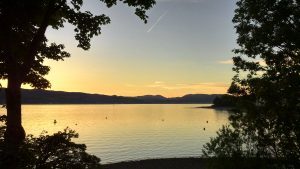Welcome

Welcome to the Inverkip & Wemyss Bay Community Council (IWBCC) Website. Here you will find all the latest news and information on the Community Council, its members and its work representing the views of over 5,650 constituents. You will also find all the latest information about what is happening in the local communities of Wemyss Bay & Inverkip.
The Villages of Wemyss Bay & Inverkip are situated on the coast of the Firth of Clyde in Inverclyde on the west central lowlands of Scotland. Both villages lie about 4 miles (6.4km) southwest of Greenock on the A78 trunk road. Both villages are served by two railway stations, The Wemyss Bay Railway Station and the Inverkip Railway Station.
Wemyss Bay is the port for ferries to Rothesay on the Isle of Bute and Inverkip is the home of the renowned Kip Marina. Both villages are historic in their own right, Wemyss Bay was the home of Greenock first MP Robert Wallace and Inverkip is a protected historic site.
